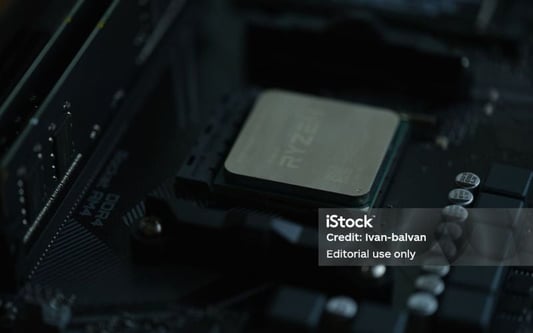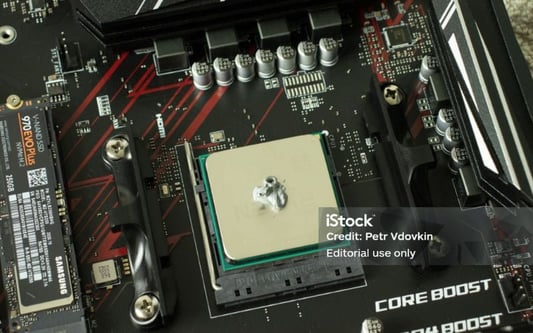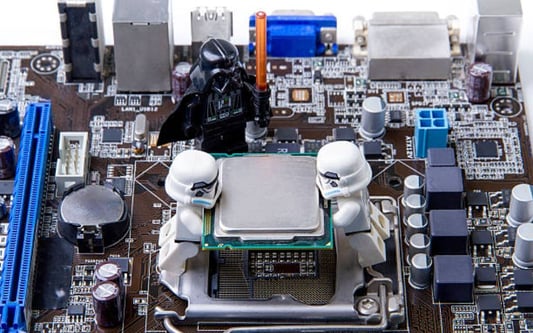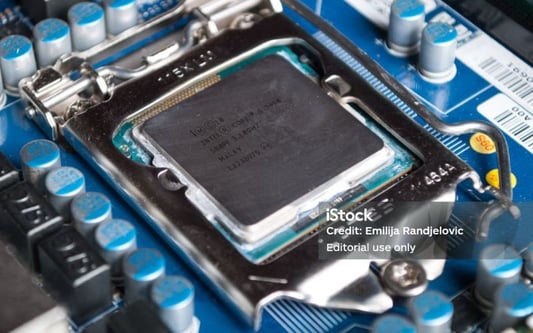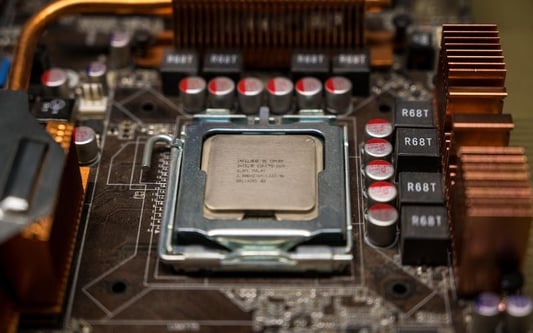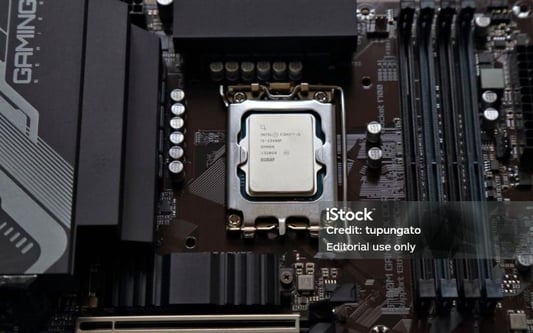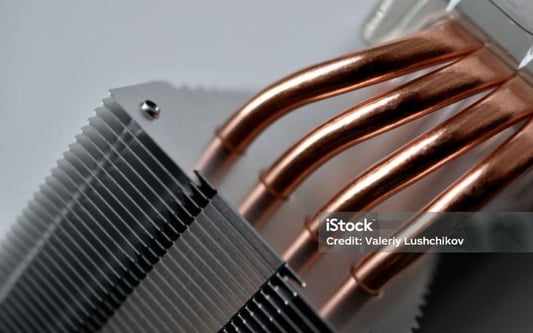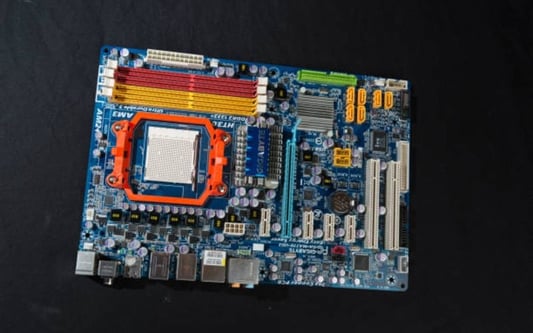Improved Cooling EfficiencyA vapor chamber is a innovative cooling technology that can greatly enhance the performance of electronic devices by providing more efficient heat dissipation compared to traditional methods. By utilizing the principles of phase change cooling, vapor chambers can effectively spread heat evenly across the entire surface, preventing hotspots and ensuring optimal performance.Compact DesignOne of the key advantages of using a vapor chamber in electronic devices is its compact design. Unlike bulky heat sinks or traditional cooling methods, vapor chambers can be designed to be much thinner and lighter, making them ideal for slim and portable devices such as smartphones, laptops, and gaming consoles.Improved Thermal ConductivityVapor chambers are made of highly conductive materials such as copper or aluminum, which allows for efficient transfer of heat from the heat source to the cooling fins or fans. This improved thermal conductivity results in faster heat dissipation and overall better performance of the device, especially during heavy usage or gaming sessions.Enhanced ReliabilityBy effectively managing heat and preventing overheating, vapor chambers can help increase the reliability and lifespan of electronic devices. Overheating is a common cause of hardware failure, so investing in a vapor chamber cooling system can potentially extend the longevity of your device and prevent costly repairs or replacements.Optimal Performance Under LoadFor high-performance electronic devices such as gaming laptops or desktop computers, maintaining optimal performance under heavy load is crucial. Vapor chambers excel in dissipating heat quickly and efficiently, allowing the device to operate at peak performance levels without overheating or throttling.Cost ConsiderationsWhile vapor chambers offer numerous benefits in terms of cooling efficiency and performance, they can also come at a higher cost compared to traditional cooling solutions. It's important to weigh the benefits against the cost and determine if the improved performance and reliability justify the investment in a vapor chamber.Compatibility IssuesNot all electronic devices are designed to accommodate vapor chamber cooling systems. Due to their unique design and requirements, vapor chambers may not be compatible with all devices or may require modifications to the existing hardware. Before opting for a vapor chamber, make sure to check the compatibility and feasibility for your specific device.Noisy OperationSome vapor chamber cooling systems can produce noise during operation, especially under heavy load or when the fans are running at high speeds to dissipate heat. If noise is a concern for you, consider opting for a quieter cooling solution or investing in additional noise reduction measures.Environmental ConsiderationsWhen considering whether a vapor chamber is worth it, it's important to also take into account the environmental impact of the technology. Vapor chambers typically use less energy and offer improved energy efficiency compared to traditional cooling methods, making them a more environmentally friendly option in the long run.Final VerdictIn conclusion, the decision of whether a vapor chamber is worth it ultimately depends on your specific needs and priorities. If you prioritize improved cooling efficiency, compact design, and optimal performance under load, investing in a vapor chamber may be beneficial. However, consider factors such as cost, compatibility, noise levels, and environmental considerations before making a decision.Quote InquiryContact us!


